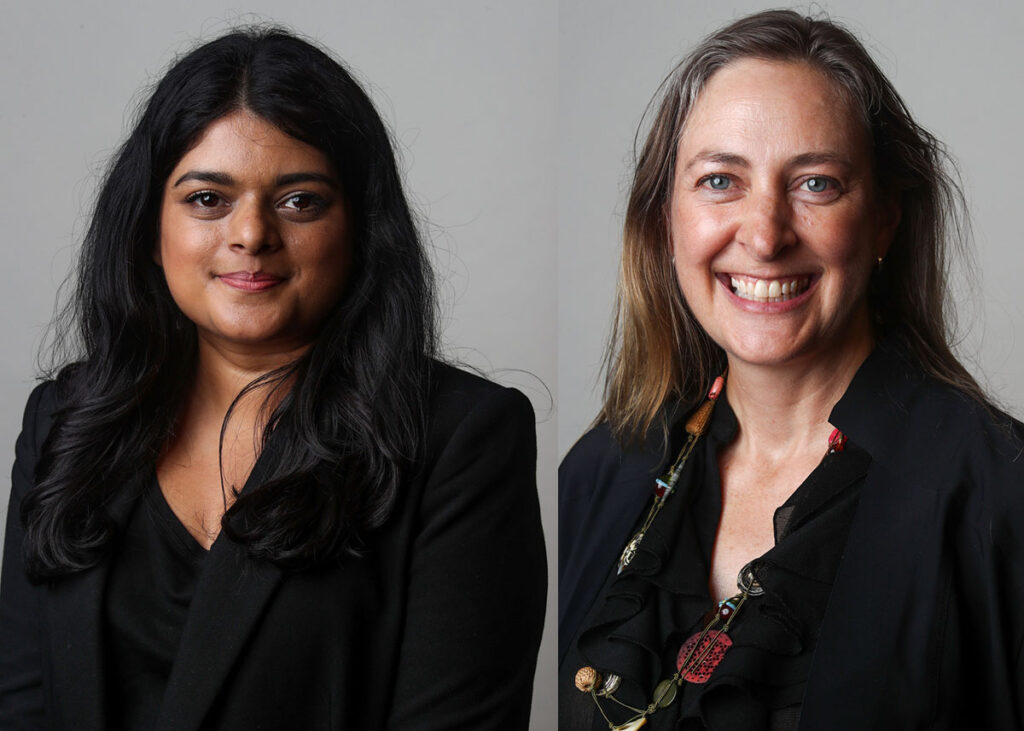
YOU ARE BOUVÉ
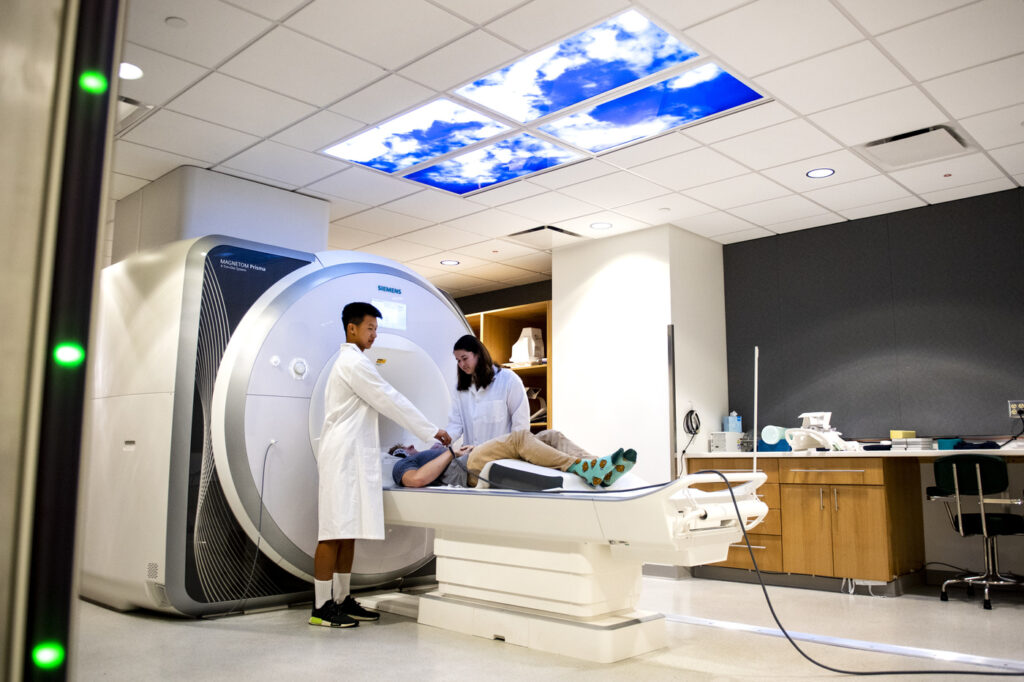
Share your ideas or challenges with us!
Join our support program.
Health Sciences Entrepreneurs (HSE) program promotes health sciences innovation within the Northeastern community by educating and equipping Northeastern student, faculty and alumni health start-ups with resources for success through specialized education and hands-on mentoring.
We mentor the entrepreneur not the idea, creating a strong enterprising foundation for all entrepreneurs that participate in the program.
The Health Sciences Entrepreneurs program (HSE) operates within the Bouvé College of Health Sciences, and was created to introduce entrepreneurial business opportunities in the health and life sciences to Northeastern University innovators. Founded in 2005 by alumnus Joseph Fleming, PAH ’70, MS ’71, our focus is educating alumni, student, staff and faculty entrepreneurs by providing them with the knowledge and tools to build successful companies.
At the Bouvé College of Health Sciences, we have many disciplines that lend themselves to the entrepreneurial world; pharmacy, nursing, drug development, physical therapy, public health, health informatics, digital health, telemedicine, audiology and speech-language pathology, physician assistant, counseling and preMed.
Though many of our entrepreneurs come from the Bouvé College of Health Sciences, HSE supports innovators from across all disciplines.
HSE hosts annual events in entrepreneurship and in 2010 launched a mentoring program for alumni, students, staff and faculty from Northeastern who are starting businesses in healthcare, health sciences and life sciences. Ventures apply to the program and, if selected, have access to a mentoring team that meets regularly with the venture to help develop the venture to a launch state.
In addition, the program supports various formal educational opportunities such as the Entrepreneurship in Health Sciences course (HLTH 2500). This class is now offered each spring and is the cornerstone for the Health Sciences Entrepreneurship Minor.
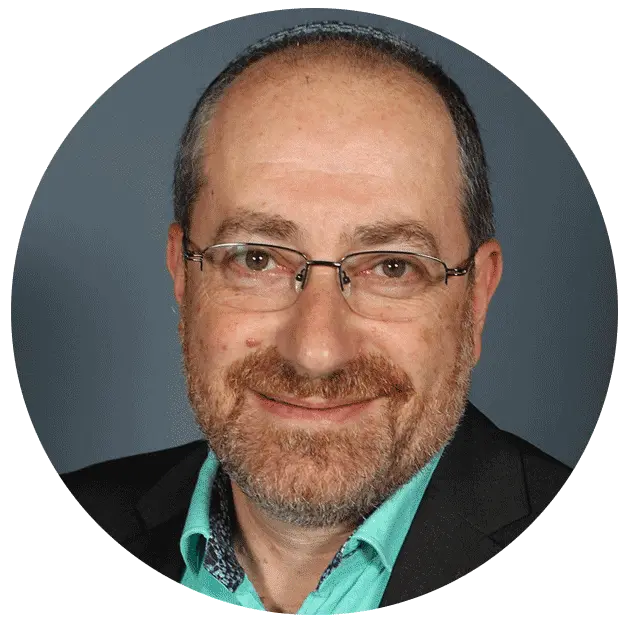
Eugene Buff, MD, PhD
Director of Health Sciences Entrepreneurship and Innovation
123D Behrakis
[email protected]

Whether you’re a student with an idea, or faculty with ground-breaking research, join us to learn more about what we do and how we can help you take the next step.
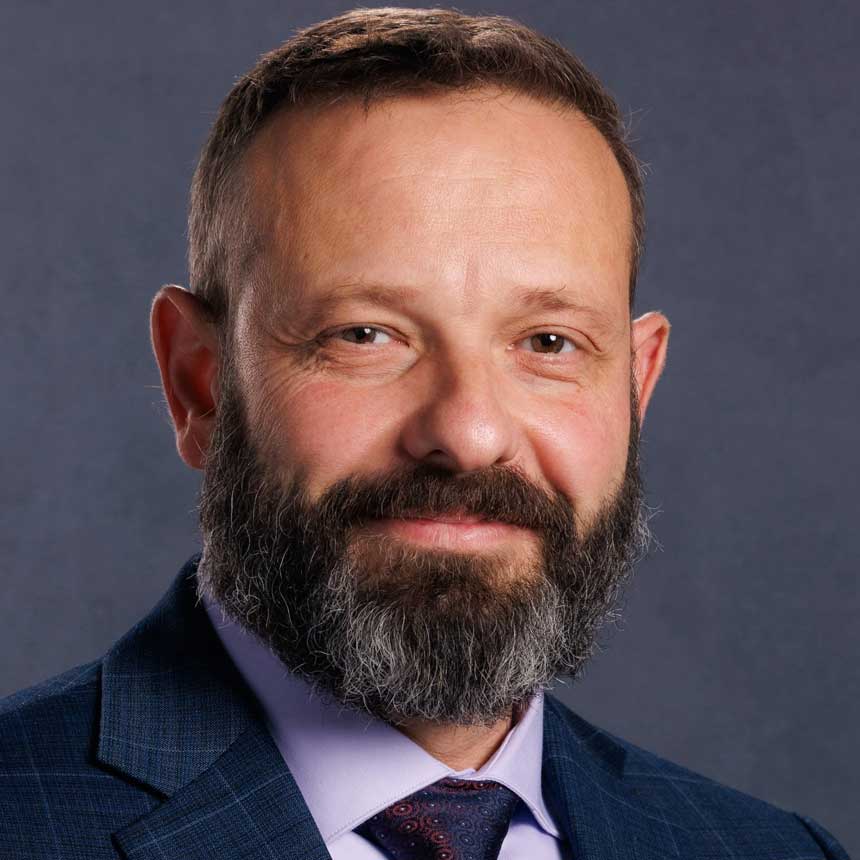
Dr. Tunik received his B.S. in Physical Therapy from Northeastern University, PhD in Neuroscience from Rutgers University, and completed a postdoctoral fellowship at Department of Psychological and Brain Science at Dartmouth College. Prior to coming to Northeastern in 2015, Dr. Tunik has held faculty appointments at NYU and Rutgers University.
His primary research interest is in the study of brain mechanisms involved in human motor control, motor learning, and motor recovery from disease.
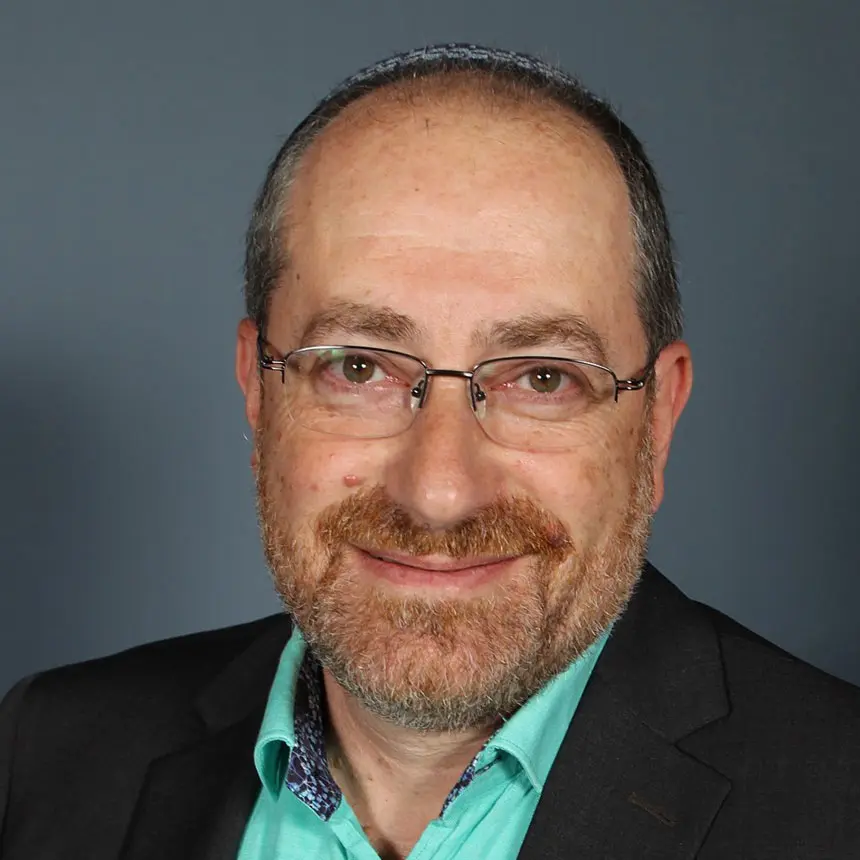
Eugene is a Registered Technology Transfer Professional (RTTP) and Certified Licensing Professional (CLP) with over twenty-five years of combined scientific, consulting and management experience. He is Founder and President of Primary Care Innovation Consulting (PCIC), which provides technology strategy consulting for both large and small companies globally and has unique access to cutting edge innovation at universities, incubators and accelerators worldwide.
Since 2021 Eugene has served as Entrepreneurship Programs Coordinator at Bentley University, Waltham, MA and has taught courses on Entrepreneurship, Venture Creation, and Strategy.
Dr. Buff earned his Masters degree in Biochemistry as well as his Medical Doctor degree from Russian State Medical University. He is a PhD in Genetics and is a coauthor of 14 papers in peer reviewed international journals.
Eugene is an active member of the Licensing and Technology Transfer community and serves on several committees and task forces at AUTM. Dr. Buff is a Startup Development Officer (SDO) at National Council of Entrepreneurial Tech Transfer (NCET2). He is a member of many consulting and professional network organizations and often mentors and presents on issues of Entrepreneurship, Intellectual Property, Innovation, and Technology Transfer both in US and internationally. He designed and taught “Customer Driven Technical Innovation for Engineers”, a core course for Entrepreneurship Minor within the College of Engineering.
Northeastern University’s innovation ecosystem is a combination of cross-disciplinary collaboration and an entrepreneurial culture that is driven by a commitment to use-inspired research.
Our portfolio includes startups in the medical device, biotechnology, digital health and consulting fields. Below is a sampling of some of our ventures.

SynCell is reinventing, designing and developing new alternatives to fight the most concerning healthcare problems by using bacteria as biofactories of nanomaterials with biomedical applications.
Co-Founders: David Medina, Ada Vernet-Crua, Junjiang Chen, Alfredo Cabañero
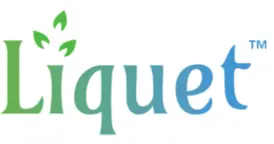
Liquet Medical is reinventing, designing and developing new alternatives to address pulmonary embolisms and save lives. Their technology is a dual tip catheter with real time pressure monitoring. This is the first and only therapy that allows for treatment of both lungs at the same time with one device.
Co-Founders: Derek Hall and John Schindler

BurnCam is a telemedicine application for burn care. Burn care begins with accurate diagnosis, and accuracy requires an expert. BurnCam’s app puts an expert right in a physician’s pocket.
Co-Founders: Orion Wilmerding and Jabier Cartegena

Alch3Me is a holistic wellness venture utilizing a seven dimension framework to promote balance and actualize true wellness. Founded in 2018, Alch3Me educates, engages, and enlightens end users to transform the way they think of health to help them reach their full potential.
Co-Founders: Matt Butler and Jesse Scalise
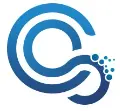
Cryoxia Biosciences is producing hypoxia-inducing cryogels as a fast and inexpensive technology for hypoxic cell culture conditions. (picture is not an official logo)
Co-Founders: Zachary Rogers, Thibault Colombani, Prof. Sidi Bencherif
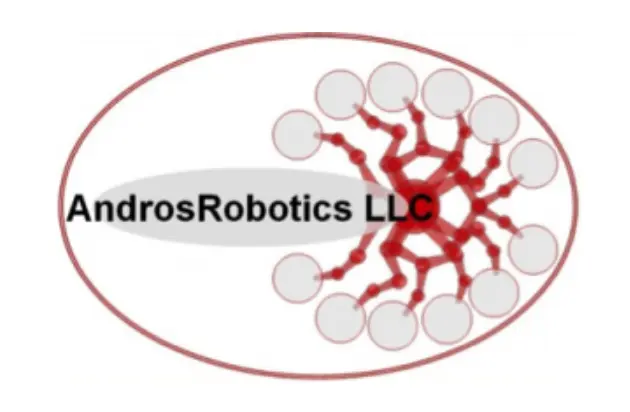
AndrosRobotics LLC is a spinoff company from Northeastern University in Boston, MA. We are developing our first product, the Robotic Leg Advancement Device (R-LAD), with funds from the National Science Foundation (SBIR/STTR program) and from our industrial partners.
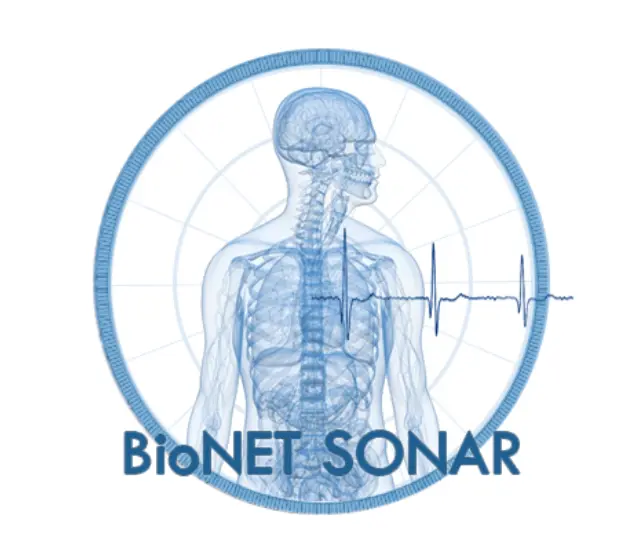
BioNet Sonar is developing ultrasonic wireless networking technology to connect implantable and wearable medical cyber devices. Our platform technology can be used in medical implants as diverse as pacemakers, cardiac defibrillators, insulin pumps, pressure sensors, and neurostimulators. A new generation of wearable medical systems can be powered by our technology for better health monitoring and assisted living.
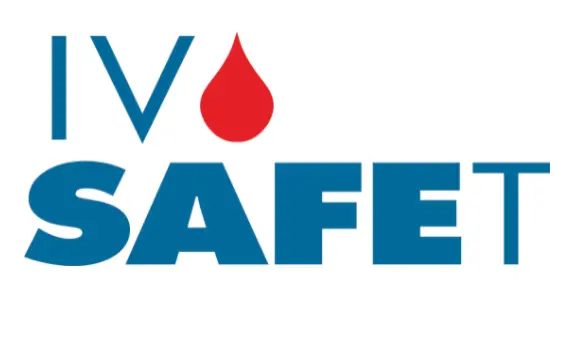
IV SafeT has re-imagined vascular access by inventing a medical device for a critical part of the intravenous (IV) pathway. The Lang Lock replaces the current luer lock, which secures the IV tubing to the IV catheter. The Lang Lock improves clinician ease of use with its color-coded surfaces and ridged sides to provide greater gripping traction when locking the device. It also enhances patient comfort as a result of its smaller and lower profile size and anatomically correct flat skin-contact surface.
Co-Founders: Maggie McLaughlin and Melinda Watman
Twitter: @IV_Safe_T
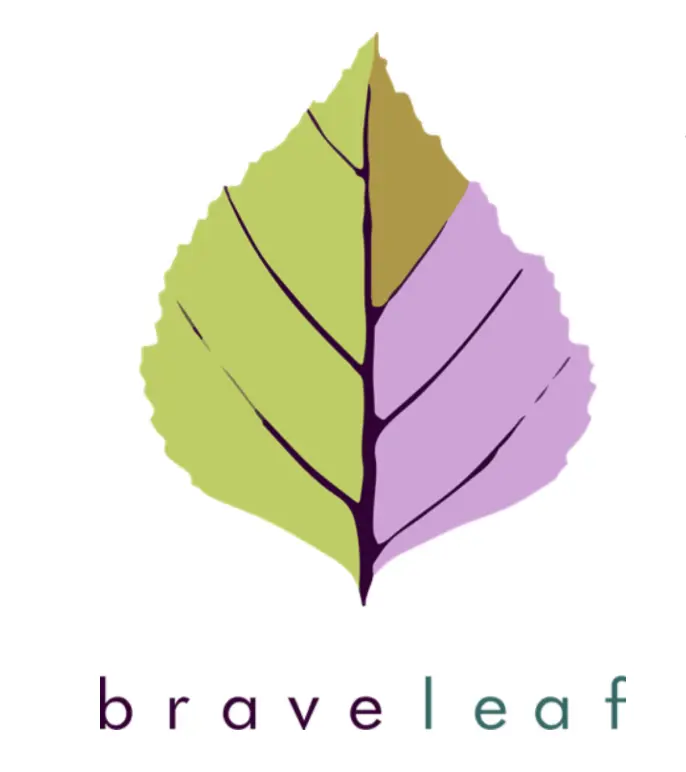
BraveLeaf has developed an electronic medical record system specifically for Assisted Living Facilities. Guided by deep understanding of the assisted living workflow, we have developed a two-screen approach to provide just the right interface on the iPad at the point of care, and on the computer at the nursing station.
Key Benefits:
Key Functionality:

About Fresh is the parent company of Fresh Truck and Fresh Connect, on a mission to strengthen communities by getting fresh food to the households that need it most.
Fresh Truck operates retrofitted school buses as mobile markets bringing fresh food to neighborhoods across Boston.
Fresh Connect is a platform that enables healthcare providers to connect patients to the food they need to be healthy.
Co-Founders: Matt Haffenreffer and Josh Trautwein
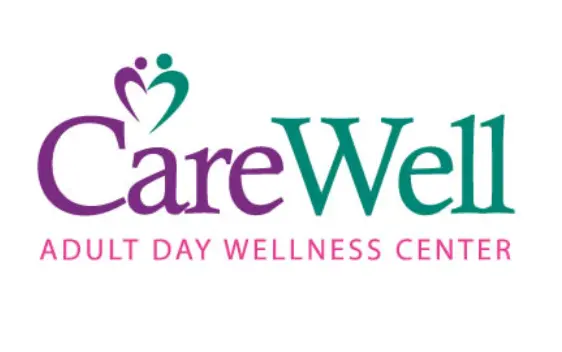
CareWell Adult Day Wellness Center is a community based organization that provides care to adults with varying health care needs. CareWell Adult Day Wellness Center collaborates with local community health organizations, in an effort to provide the best health care services available. It is our goal to preserve the wellness of our participants and their families, by providing these comprehensive services.
Once you meet our team of health care professionals, you will have peace of mind, knowing that your loved one is safe and is receiving compassionate healthcare in a stimulating, pleasant environment.

Foodspace is creating an app and platform, to help people streamline their food experience to better manage their personal food space and waste less. Formed in 2017, we help consumers find delicious recipes, create shopping lists, manage inventory all while saving money and improving nutrition.
So be it planning, shopping, or cooking, we are creating an intentional food experience for people to build their most authentic and conscious connections to food. Know your food, build your plan, waste less.
Co-Founders: Ayo Oshinaike, Dan Yaghsizian, Montana Fredrick

Heads Up Health was founded by a team of health-conscious technology experts on the simple concept that being healthy doesn’t have to be complicated. We saw a world of disjointed medical records, underutilized health tracking technologies and abundant, but poorly managed, health data.
We felt that intelligent software could provide the perfect solution. Based on our belief that well-organized data holds the key to optimal health, we have created a central space where you can manage and explore your own.
Founder: David Korsunsky

Healthcare Accreditation Resources LLC is one of the leading firms of consultants in the assessment and management of healthcare safety and environmental risks.
We help develop, implement, and maintain health and safety compliance programs for medical practices, dental practices, and clinical laboratory settings.
Founder: Pamela Dembski Hart

HealMatch is reducing isolation with an online collaborative environment for people living with a chronic illness or other health challenges, connecting to one another and healthcare professionals to learn, grow, and support one another in healing.
Founder: Paula Stanziani

Hirenurses.com LLC is a Boston based company, founded by 2 Nurses (a Mother-Daughter Team) with the mission to Redefine Nursing, for Nurses, By Nurses.
Our goal to make the Nursing Profession easily accessible and valued by creating a place where anyone and everyone, from individual to hospital, can connect with and hire nurses.
Our goal is to be more than a job board – we want to create a community – for our Nurses, families and businesses.
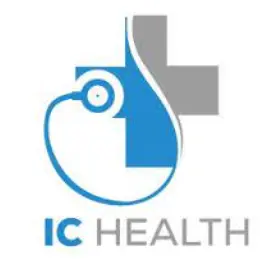
IC Health is in the Honduran medical market that brings low cost, high quality diabetic products such as the glucometer, complemented with diabetic education to the diabetics with lower incomes.
Founder: Nader Yacaman Juha

Imaginostics, Inc. is medical imaging diagnostics biotechnology company fulfilling unmet clinical needs in quantitative non-invasive diagnostics. Currently no standardized diagnostic tests exist for small vessel disease, or neurodegenerative diseases, such as dementias like Alzheimer’s disease.
Founded in July 2018, our diagnostic technology, QUTE-CE MRI, fulfills this unmet medical need by providing a new biomarker – which is the measurement of the physiological blood vessel density (or cerebral blood volume CBV). Other techniques in MRI only make relative measurements and have too high error to be used in common clinical practice.
Ultimately, our technology will enable earlier, faster and more quantitative diagnostics insights to help guide care and predict cost for patients.
Co-Founders: Codi Gharagouzloo and Jonathan Lawson

Mat Skincare created a compound that combines collagen, hyaluronic acid, and ceria nano-particles, resulting anti-inflammatory and anti-bacterial properties to be used to impregnate bandages, or in cosmetics for anti-aging, or as a coating on medical devices.
Co-Founders: Max Bizanek and Natalie Alletag

NeuroFieldz is a portable diagnostics combining brain sensors and a virtual reality headset for neuro-ophthalmology.
Co-Founders: Craig Versek and Srinivas Sridhar
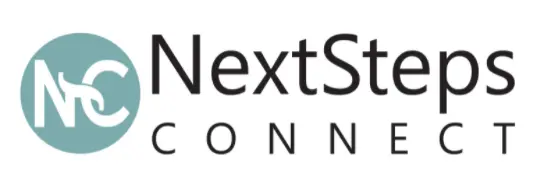
NextSteps Connect is creating engaging, hospital-branded mobile apps that connect patients to the information and support they need for a personalized and meaningful health care experience.
Founder: Adam Greenstein

Patient Packets is a mobile optimized digital platform that eases the integration of patients into post-acute care facilities, physician practices and other health care services.
Founder: Patrick Duroucher

QSM Diagnostics, a graduate of the HSE program, was formed in 2014. QSM Diagnostics develops point-of-care diagnostics for the rapid identification of bacterial infections. They have several decades of experience in the development and commercialization of sensors and medical devices.
QSM spun out of the Goluch Research Group at Northeastern University in 2018.
Founder: Ed Goluch
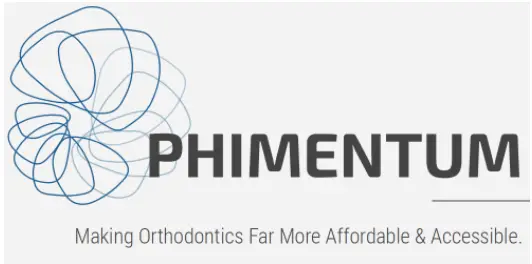
Phimentum’s product, OrthoDx, is a powerful Orthodontic imaging tool designed by Orthodontists for Orthodontists. This system is designed to increase the clinical efficiency by reducing the unnecessary time spent managing patient images, x-rays and analyzing all the data.
OrthoDx uses state of the art Artificial Intelligence algorithms to automate the processes you need to go through for Orthodontic diagnosis and treatment planning.
Co-Founders: Arel Cordero, Melih Motro, and Caglayan Dicle
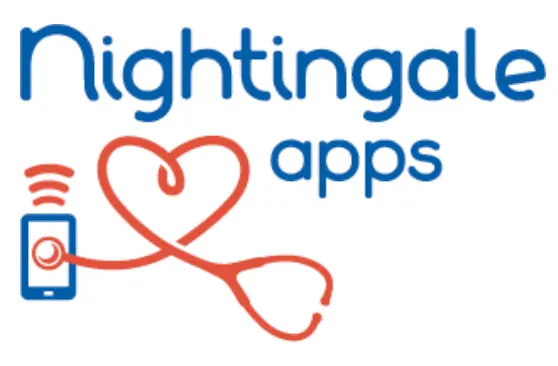
Nightingale Apps is a health technology company that addresses a pervasive information need for nurses providing direct patient care. Our patent-pending mobile application, Know My Patient TM, streamlines the inefficiencies of accessing and entering vital information that nurses needs to know about each of their patients on a daily basis.
Know My Patient TM provides active and passive clinical decision support modules while integrating with a facility’s electronic health record (EHR) in an effort to drive more cost-effective care that benefits the nurses, patients and families, hospitals, and EHR vendors.
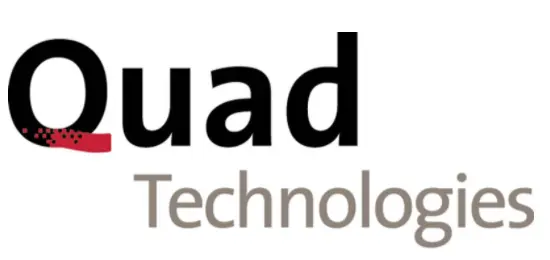
Quad Technologies QuickGel, a product of Quad Technologies, is an unique dissolvable hydrogel which contains covalently bound antibodies or proteins at the users choosing.

Theranano is translating nanomedicines and quantitative MRI to the clinic.
Founder: Srinivas Sridhar
Mentor: Carl LeBel
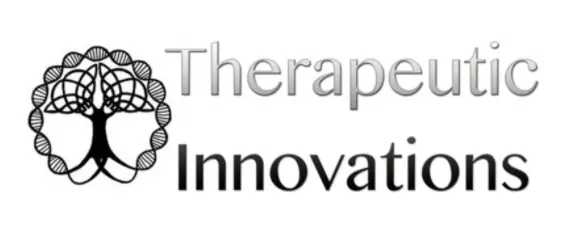
Therapeutic Innovations aim to satisfy unmet needs of children and pediatric surgeons around the world, mostly developing countries.
We aim to redesign and reduce the cost of medical devices and hope that someday all children across the globe will have access to modern healthcare.
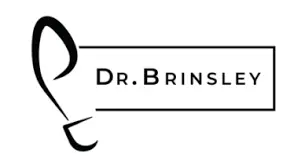
Dr. Brinsley Every 30 seconds, one foot is amputated due to diabetes. Diabetic footwear is a proven preventive measure that can help reduce foot ulcers which can lead to amputation. However, adherence to diabetic shoes is low because over 18% of people dislike the styles and lack of options of their shoes and state that they are not cosmetically acceptable.
Founded in 2016, Richard Brinsley sells a range of diabetic footwear that combines medical performance and chic style at a fraction of the cost.
Founder: Vidhan Bhaiya
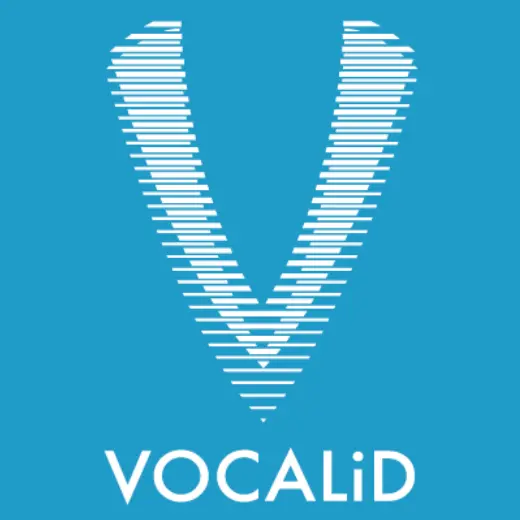
VocaliD creates the first-ever custom voices for those who communicate through assistive technologies. Each one of us has a unique voiceprint. Yet until now, the millions worldwide who rely on computerized speech have been given uniform voices. Voices that don’t fit their bodies or their personalities. We wouldn’t dream of fitting a little girl with the prosthetic limb of a grown man, so why then the same prosthetic voice?
Leveraging cutting-edge technology, VocaliD blends the recipient’s vocalizations (as little as a single vowel sound) with donated speech to craft a voice that is as understandable as the donor’s while conveying the vocal identity of the recipient.
Those whose speech may have been limited due to autism, cerebral palsy, genetic conditions, stroke, amyotrophic lateral sclerosis (ALS), brain injury, or head and/or neck cancer can reclaim their unique voiceprint to work, play, learn, and build relationships speaking as themselves, through their own voice.
Founder: Rupal Patel